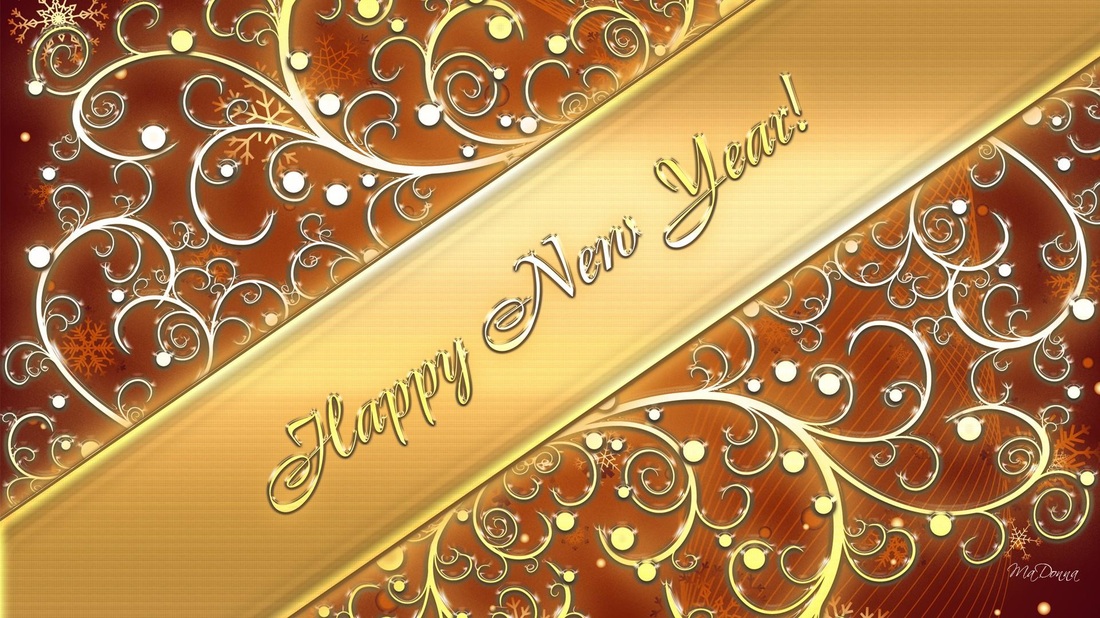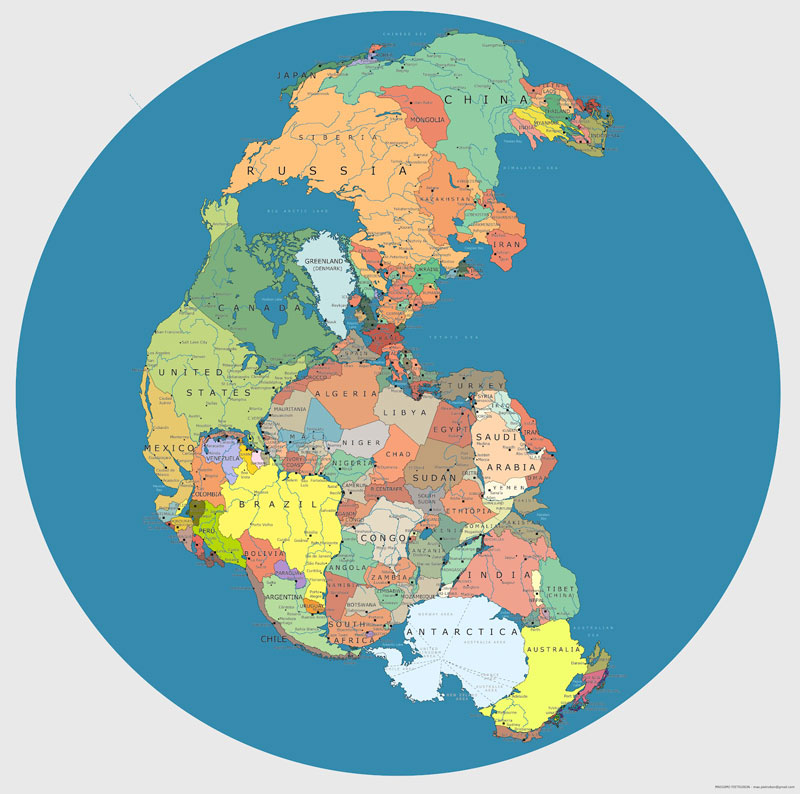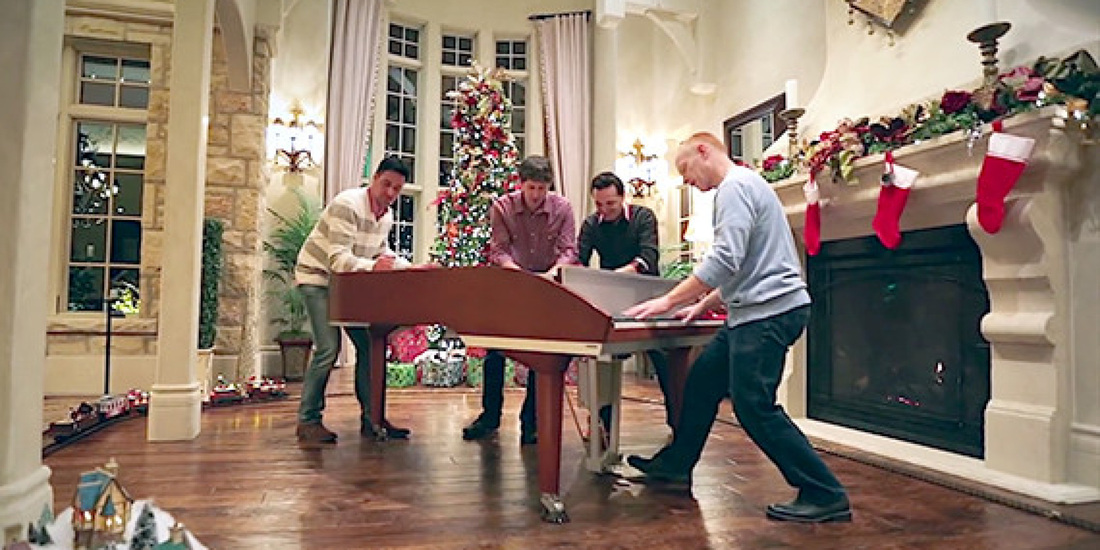 Everyone smiles and hugs this time of year and wishes each other a Merry Christmas, Happy Hanukkah, or simply Happy Holidays. But what about Winter Solstice? Solstice is an important, yet often forgotten, event that is older than Christmas! In fact, Solstice is the reason why we wish each other a Merry Christmas each year. So what is Solstice? Solstice is a twice-yearly event that occurs in both winter and summer. Winter Solstice marks the shortest day of the year for those living in the Northern Hemisphere (and the longest day for those living in the Southern Hemisphere). This is the day wherein the earth moves through its yearly elliptical path around the sun. On the day of Winter Solstice, the sun will shine directly over the Tropic of Cancer – the farthest the sun reaches. This, naturally, leads to colder temperatures and less daytime light for all of those Northerners who have shoveled the drive, lit the Yule log, and settled in for year’s longest night of darkness. Tomorrow the sun will shine a little higher in the Northern sky each day until Summer Solstice in June. Egyptians, Celtics, Romans, and other Pagan cultures observed Winter Solstice as the day when light again prevails over darkness. They would celebrate the day with revelry. The cards they would have sent would have said Happy Dies Natalis Solis Invictus (meaning “the birthday of the unconquerable sun”). These guys were Pagan and they celebrated Holidays centered on Nature and grounded in fertility; their holidays were steeped in symbolism. For example, they used evergreen boughs to symbolize the eternally cyclical nature of life and oranges to symbolize the sun. Holly and ivy were used to decorate homes. Mistletoe, regarded as protection from fire and lightening (i.e., good luck) would be cut from oak trees by Druid priests and hung in celebration. Small gifts were exchanged to bestow luck on the recipients. There were rules, too. The log of an oak tree would be harvested from the land or given as a gift to a household. It was not to be purchased. It would be decorated with evergreen boughs, sprinkled with flour (symbolic of how the sun makes light and life possible), and doused with cider or ale (libations). A chunk of last year’s Yule log would enjoy star status as it was used to set the log ablaze (symbolizing the continuity of Nature’s cycles or the Wheel of Life). The log would burn throughout the night; conquering the darkness. A log that did not continue to burn for 12 days (i.e., one day for each month of the year) was considered a bad omen for that household. Pagans would bring out their finest fare to celebrate solstice. Apples, caraway cakes soaked in cider, nuts, eggnog, ginger tea, and clove-spiced cider graced a table decorated with evergreens, holly, and ivy. And the people would celebrate Midwinter. Do you see some of your Christmas festivities in this description of a Pagan celebration? No mistake there. The Christians tried hard to convert the Pagans but would find their new converts sneaking off to continue in their annual Pagan celebrations. Being pragmatic enough to realize that “when you can’t beat them, join them”, the Christians decided this would be a great time to celebrate the birth of Christ and allowed their new converts to celebrate an old holiday while conscripting their holiday symbols to tell an alternate, Christ-centered tale. So the next time you steal a kiss under the mistletoe, think about this: mistletoe is poisonous and a parasitic plant. It can only thrive by taking the life of the tree upon which it grows. Mistletoe = Death. And yet a kiss is usually a precursor to new life. (No, not all kisses lead to babies, but there is a statistically significant relationship between kissing and babies as most babies are born to couples that have kissed). Hence, that kiss under the mistletoe is a symbolic gesture acknowledging the Great Wheel of Life and Death. |
Categories
All
Archives
April 2020
|





 RSS Feed
RSS Feed